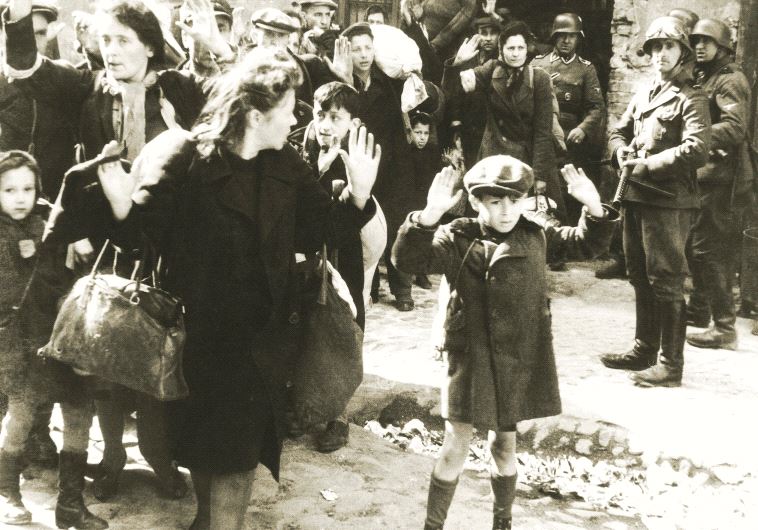Books — 'Ghetto: The Invention of a Place, The History of an Idea'
A history of the ghetto, from imprisoning European Jews to segregating African Americans.
 Jews forced out of bunkers by SS police during the Warsaw Ghetto uprising in 1943(photo credit: Wikimedia Commons)
Jews forced out of bunkers by SS police during the Warsaw Ghetto uprising in 1943(photo credit: Wikimedia Commons)